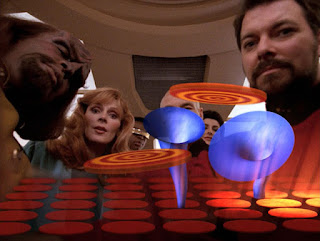 |
| C'mon in and play, what could possibly go wrong? |
After six months of constant use in production of our next Unity game, we've come to the conclusion that the LT version was a mistake for us. But first-
The LOVE part... It's fast
After years of using & teaching Max & Maya, Maya LT is a breath of fresh air for the core modeling & animation tasks needed in our game.
1) It's nice and fast. Starts fast, runs fast, and is fairly stable (occasional freeze-ups). You can run multiple instances without really taxing your system.
2) Easily design PBS materials, or use & edit Substances which has been great.
3) It's priced smartly to make it accessible to your average indie developer. A 1-year license can be had for $240 US, or monthly for $30.
Using Maya LT, I built custom rig controls for my Mixamo characters, and happily animated away for months. But then some hard realities became apparent.
The HATE part... LT is where your data goes to die
1) It's a tomb - Scenes you create in LT cannot be loaded into full Maya. You are limited to FBX, so forget about migrating your IK rigs or anything else that uses maya-specific data.
This is a significant misstep on Autodesk's part. We're investing heavily to create assets for our game, but fully expect to re-use them again in other games. This means we're locked into LT permanently, or have to make the hard break and rebuild it all again in full Maya if we decide to upgrade.
2) Not Full MEL - Check out the product comparison list that compares LT to Full Maya. See those check marks next to MEL scripting? That would lead you to believe that LT includes full MEL, but in fact it's gimped. For example, MEL in LT does not allow "Fopen", "Fwrite", "FPrint", etc.. In fact they've closed off any way to share or move data outside of LT, including removing the AnimImportExport plugin.
3) Can't integrate with Source Control or External Export Scripts - Yes, the lack of .NET API support is shown on the comparison list. But what serious Indie Developer doesn't use source control? And you cannot run shell commands from the OS. So interfacing with TFS becomes a non-starter, gotta do it old school (wasting time & introducing human error).
There are other annoyances that are typical for a 3d Package. But the above 3 items alone have me seriously considering buying a full Maya license and re-building our assets there so we're not trapped in a diabolically closed, walled garden that would impress Apple engineers.
I understand all the security arguments and why Autodesk built all this firewall code. But honestly, developers write plugins and extend the tools to solve problems in production. Maya LT is a good short-term solution for limited content creation, but falls well short in it's goal of improving indie development.




